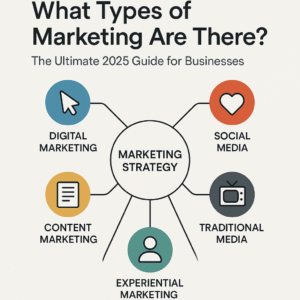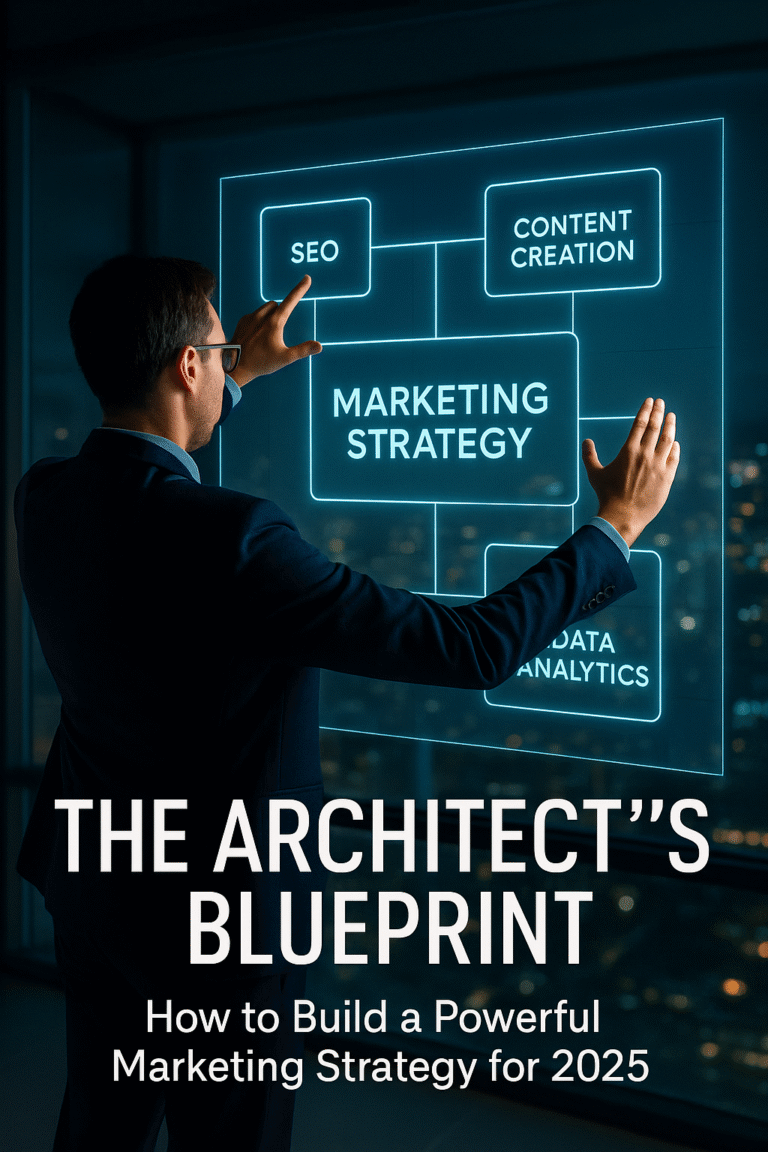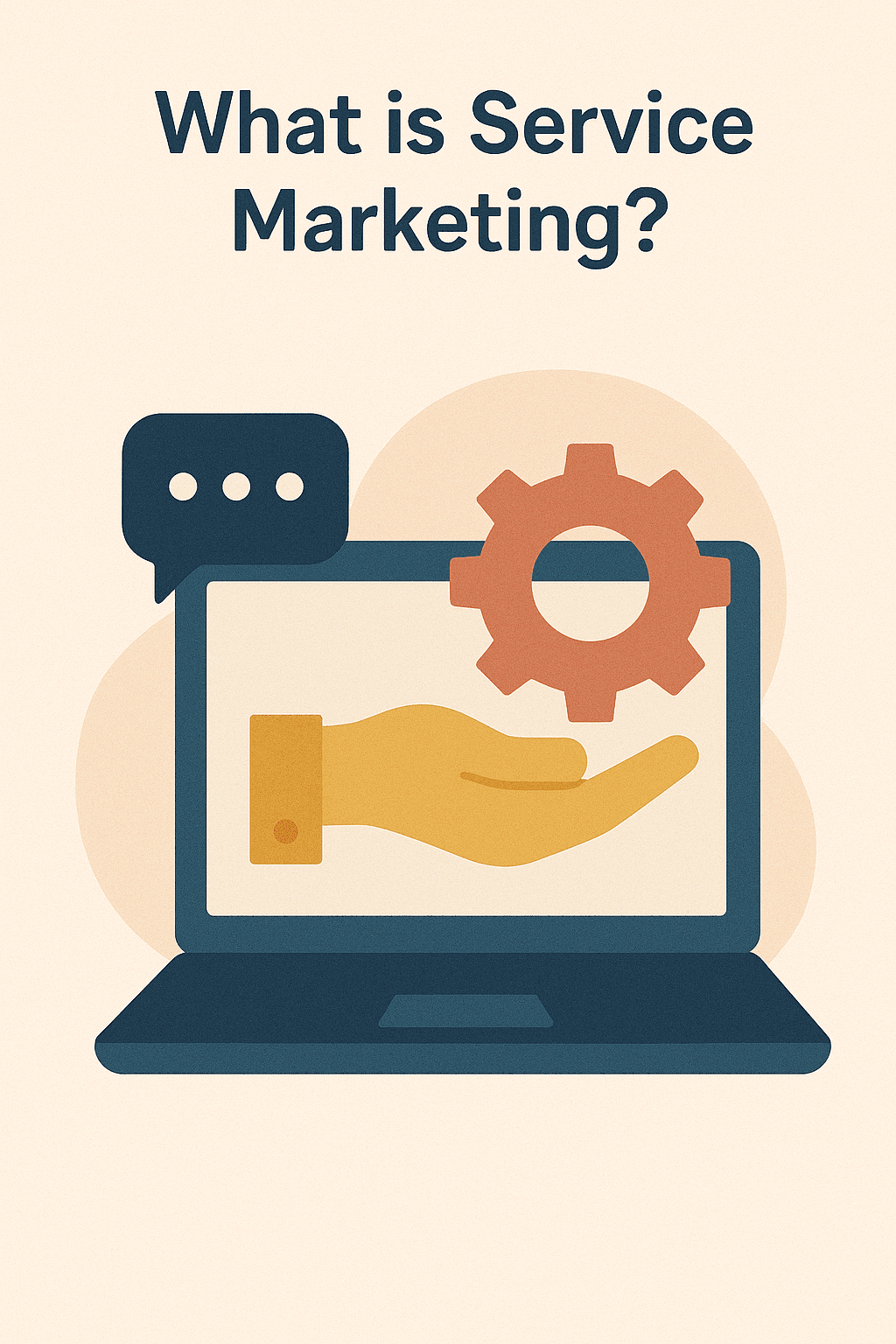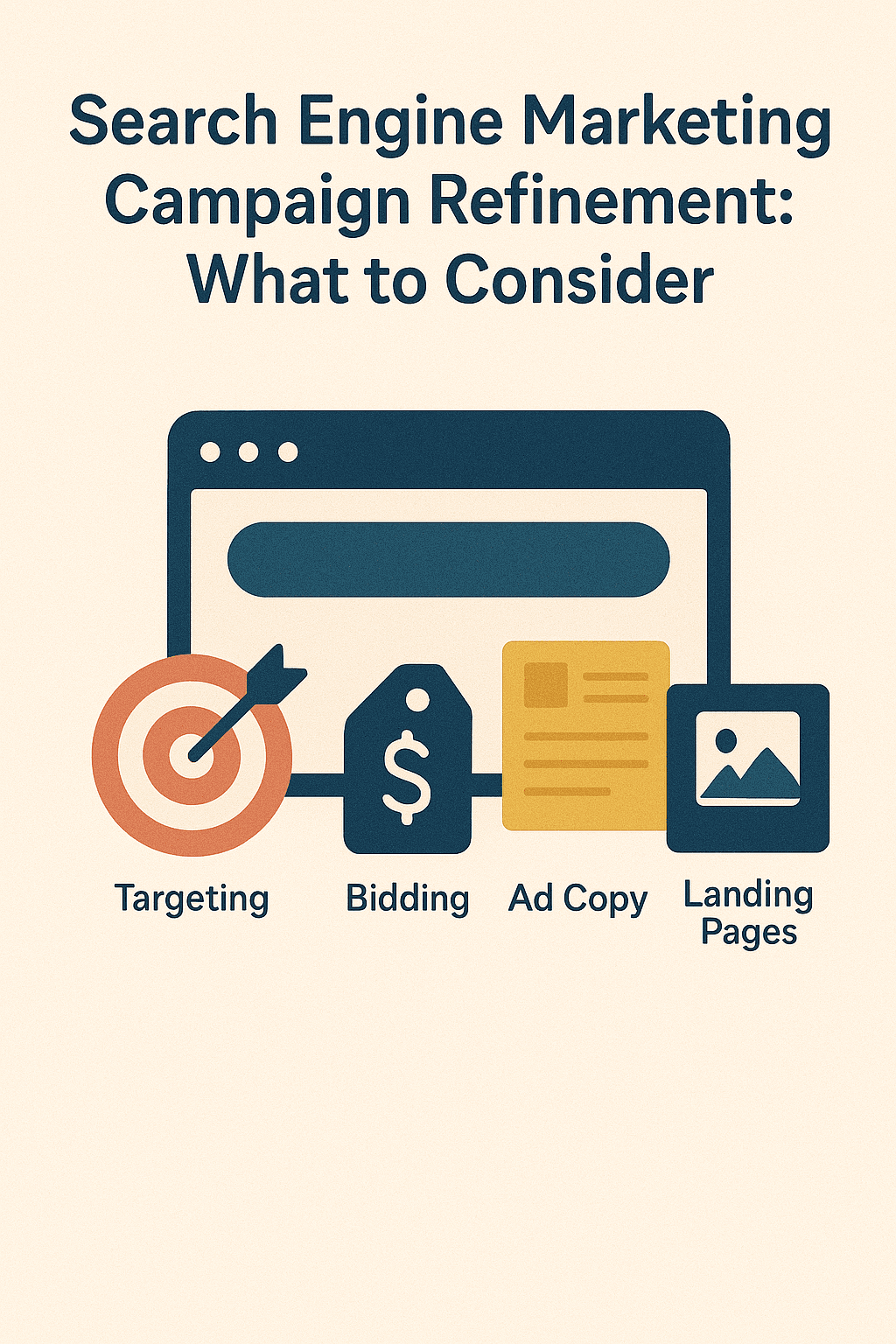What Types of Marketing Are There? The Ultimate 2025 Guide for Businesses
Navigating the world of marketing can feel like trying to sail a ship in a vast, ever-changing ocean. New channels emerge, consumer behaviors shift, and technologies evolve at a dizzying pace. Whether you’re a startup founder sketching a business plan on a napkin or a seasoned manager looking to refresh your strategy, one fundamental question always surfaces: “What types of marketing should I be using?”
This comprehensive guide is designed to be your definitive map. We’ll explore the entire marketing landscape, from the time-tested strategies of traditional advertising to the cutting-edge tactics of the digital age. By the end, you’ll not only understand the different types of marketing but also have the insight to choose the right mix for your unique business goals, budget, and audience. This isn’t just a list; it’s a strategic framework for growth.
Key Takeaways at a Glance
| Category | Core Idea | Key Channels |
|---|---|---|
| Digital Marketing | Using online channels to reach customers. | SEO, Social Media, Email, Content, PPC |
| Traditional Marketing | Using offline channels to reach customers. | Print, Broadcast (TV/Radio), Direct Mail, Billboards |
| Inbound Marketing | Attracting customers with valuable content. | Blogging, SEO, Social Media Engagement |
| Outbound Marketing | Proactively reaching out to customers. | Cold Calls, TV Ads, Email Blasts |
| Content Marketing | Creating and sharing valuable free content. | Blogs, Videos, Ebooks, Podcasts, Infographics |
The Great Divide: Digital vs. Traditional Marketing
Before we dive into specific tactics, it’s crucial to understand the two primary umbrellas all marketing efforts fall under: Digital and Traditional. Think of them as two different continents, each with its own unique countries and cultures, but both with the shared goal of connecting with people.
Traditional Marketing is the old guard. It’s the marketing we all grew up with—the TV commercials during the Super Bowl, the glossy magazine ads, the billboards on the highway, and the mailers in our mailbox. It’s tangible, often broad in its reach, and has a long history of building brands.
Digital Marketing, on the other hand, is the new powerhouse. It encompasses all marketing efforts that use an electronic device or the internet. It leverages online channels like search engines, social media, email, and websites to connect with current and prospective customers. Its hallmarks are data, precision targeting, and interactivity.
💡 Expert Insight from Dr. Eleanor Vance, Marketing Strategist
“The debate isn’t ‘Digital vs. Traditional’ anymore. It’s ‘Digital and Traditional.’ The most successful brands in 2025 and beyond are those that create a seamless customer experience by integrating both. A QR code on a physical product package (Traditional) leading to an online tutorial (Digital) is a perfect example of this synergy.”
A Deep Dive into Digital Marketing Types
Digital marketing is not a single thing; it’s a universe of specialized disciplines. For American businesses, mastering these is no longer optional—it’s essential for survival and growth. Let’s explore the most critical types.
1. Search Engine Marketing (SEM)
SEM is the practice of promoting your business using paid advertisements that appear on search engine results pages (SERPs). It’s about being seen at the exact moment a potential customer is looking for your solution. It’s broken down into two main components.
A) Search Engine Optimization (SEO)
SEO is the art and science of optimizing your website to rank higher in organic (non-paid) search engine results. When someone in the U.S. Googles “best running shoes,” SEO is what determines which brands appear at the top of the natural results. It’s a long-term strategy focused on building authority and trust with search engines.
Pros of SEO
- High Trust & Credibility: Users trust organic results more than ads.
- Sustainable Traffic: A high ranking can provide consistent, “free” traffic over time.
- High ROI: While it takes investment, the long-term value is often unmatched.
Cons of SEO
- Time-Consuming: It can take 6-12 months to see significant results.
- Complex & Ever-Changing: Google’s algorithm is constantly updated.
- High Competition: Everyone wants to be on page one.
B) Pay-Per-Click (PPC) Advertising
PPC is the other half of SEM. With PPC, you bid for ad placement in a search engine’s sponsored links. You pay a fee each time someone clicks on your ad—hence, “pay-per-click.” Google Ads is the most popular platform. It’s a way to buy visits to your site, rather than “earning” those visits organically.
Real-World Example: A local plumber in Dallas, TX, uses Google Ads to target the keyword “emergency plumber dallas.” Their ad appears at the very top of the search results, ensuring that desperate homeowners see them first. They pay Google only when a person in need clicks that ad.
2. Content Marketing
Content marketing is a strategic approach focused on creating and distributing valuable, relevant, and consistent content to attract and retain a clearly defined audience. The goal is not to explicitly pitch your product but to provide so much value that consumers naturally gravitate towards your brand as an expert. It’s the foundation of modern SEO and inbound marketing.
- Types of Content: Blog posts, videos, podcasts, ebooks, infographics, case studies, webinars, newsletters.
Real-World Example: HubSpot, a marketing software company, offers a massive library of free blogs, guides, and certification courses on every marketing and sales topic imaginable. They rarely mention their product directly in this content. By educating their audience, they build immense trust and authority, making them the default choice when that audience is ready to buy software.
3. Social Media Marketing (SMM)
This involves using social media platforms like Facebook, Instagram, X (formerly Twitter), LinkedIn, TikTok, and Pinterest to build your brand, drive website traffic, and generate sales. It’s more than just posting updates; it’s about creating a community, engaging in conversations, and running highly targeted ad campaigns.
For a U.S. audience, platform choice is key: LinkedIn is crucial for B2B, Instagram and TikTok excel for visually driven consumer brands, and Facebook remains a powerful all-rounder with its vast user base and sophisticated ad targeting.
4. Email Marketing
Despite the rise of social media, email remains one of the most effective and profitable marketing channels. It’s the act of sending a commercial message, typically to a group of people, using email. It’s used to nurture leads, inform customers about new products, share content, and build a loyal community. The key is permission—you’re marketing to a list of people who have explicitly opted-in to hear from you.
💡 Expert Insight from Maria Chen, E-commerce Growth Consultant
“Don’t ever underestimate the power of your email list. It’s the one channel you truly own. Algorithms on social media and search engines can change overnight, wiping out your reach. But your email list is a direct line to your most engaged customers. For every $1 spent on email marketing in the U.S., the average return is over $40. It’s an absolute powerhouse.”
5. Affiliate & Influencer Marketing
Though often grouped, these are distinct strategies.
- Affiliate Marketing: A performance-based system where you pay a commission to external websites or individuals (affiliates) for the traffic or sales they generate for you. Think of it as having a commission-only sales team. Amazon’s Associates program is a prime example.
- Influencer Marketing: Involves partnering with individuals who have a dedicated social following (influencers) to promote your product. It leverages their credibility and trust with their audience. This can range from a mega-celebrity endorsement to a partnership with a micro-influencer who has a small but highly engaged niche audience.
6. Video Marketing
Using video to promote or market your product or service. The rise of platforms like YouTube and TikTok, along with video features on Instagram and Facebook, has made video an indispensable tool. It’s highly engaging, great for storytelling, and excellent for explaining complex products. From short-form vertical videos to long-form educational content and live streams, video is versatile and effective.
—Revisiting Traditional Marketing Types
Don’t count traditional marketing out just yet. For many businesses, especially those targeting local or older demographics in the U.S., these methods are still incredibly powerful and can offer a way to cut through the digital noise.
1. Print Marketing
This includes advertising in newspapers, magazines, brochures, flyers, and newsletters. While its reach has diminished, it can be highly effective for targeting specific demographics (e.g., ads in an AARP magazine) or local communities (e.g., a flyer for a new local restaurant).
2. Broadcast Marketing
This covers TV and radio advertising. While expensive, TV advertising remains one of the most powerful ways to build brand awareness on a massive scale. Radio is excellent for reaching local audiences, particularly commuters in their cars.
3. Direct Mail
This is the practice of sending physical marketing materials—postcards, letters, catalogs—directly to a consumer’s mailbox. With inboxes overflowing with digital spam, a well-designed piece of direct mail can stand out. It’s highly targetable by geography and demographics.
Real-World Example: U.S. furniture retailers like IKEA and Crate & Barrel still send out beautiful, high-quality print catalogs. They serve not just as sales tools but as inspiration, sitting on coffee tables for weeks and reinforcing brand image in a tangible way digital ads can’t replicate.
4. Outdoor Marketing (Out-of-Home)
Also known as OOH advertising, this is any marketing you see outside of your home. The most common form is billboards, but it also includes bus stop ads, taxi and bus wraps, and signage in airports and train stations. It’s great for broad brand awareness in specific geographic areas.
5. Telemarketing
This involves contacting potential customers by phone to sell products or services. Often called “cold calling,” it has a negative reputation but can still be effective in B2B contexts or for high-value B2C sales where a personal conversation is necessary.
—Strategic Frameworks: Inbound vs. Outbound & More
Beyond specific channels, marketing types can also be categorized by their overarching strategy.
- Inbound Marketing: This philosophy focuses on attracting customers through relevant and helpful content, adding value at every stage in the customer’s journey. SEO, content marketing, and engaging social media are classic inbound tactics. It’s about pulling customers in.
- Outbound Marketing: This is the traditional form of marketing where a company initiates the conversation and sends its message out to an audience. TV ads, cold calls, and email blasts are examples of outbound marketing. It’s about pushing a message out.
- B2B vs. B2C Marketing: The strategy changes depending on whether you’re selling to Businesses (B2B) or directly to Consumers (B2C). B2B marketing often involves longer sales cycles, focuses on logic and ROI, and uses channels like LinkedIn and detailed case studies. B2C marketing often involves shorter sales cycles, appeals to emotion, and uses channels like Instagram and influencer marketing.
- Guerilla Marketing: An unconventional and creative strategy intended to get maximum results from minimal resources. It’s often high-impact, surprising, and creates a buzz. Think of flash mobs or clever street art placements.
How to Choose the Right Marketing Mix for Your Business
There is no magic formula. The best marketing strategy is a custom blend based on your unique situation. Ask yourself these questions:
- Who is my target audience? Where do they spend their time? What are their media consumption habits? (e.g., Gen Z is on TikTok, while older demographics may still read the local paper).
- What are my business goals? Are you trying to build brand awareness, generate leads, drive online sales, or increase foot traffic to a physical store?
- What is my budget? PPC and TV ads require significant upfront investment, while content and email marketing can be started with more “sweat equity.”
- What is my product or service? A complex B2B software needs different marketing (e.g., webinars, whitepapers) than a trendy fashion accessory (e.g., Instagram influencers, video ads).
The Future is Integrated
The most powerful marketing approach in 2025 and beyond is an integrated marketing communications (IMC) strategy. This means creating a unified and seamless experience for consumers to interact with the brand/enterprise. It involves blending digital and traditional channels so they complement each other, reinforcing the same core message everywhere the customer looks.
The journey through the world of marketing is ongoing. The key is to start with your customer, choose channels that reach them authentically, measure your results, and be willing to adapt. By understanding this landscape, you’re no longer just sailing in the dark; you have a map, a compass, and a clear destination in mind.
Frequently Asked Questions (FAQ)
What are the 4 main types of marketing?
While marketing can be sliced in many ways, a common framework is the “4 Ps of Marketing” (Product, Price, Place, Promotion). In terms of promotional strategy, the 4 main types are often considered: Digital Marketing (online channels), Traditional Marketing (offline channels), Inbound Marketing (pulling customers in with content), and Outbound Marketing (pushing messages out to customers).
What is the most effective type of marketing?
There is no single “most effective” type of marketing—it depends entirely on your business, audience, and goals. However, for most modern businesses, a strategy that heavily incorporates Content Marketing and SEO is highly effective for long-term, sustainable growth. For immediate sales, PPC advertising can be very powerful. The true answer is almost always a strategic mix of several types.
How much should a small business in the U.S. spend on marketing?
A common rule of thumb from the U.S. Small Business Administration (SBA) is to allocate around 7-8% of your gross revenue for marketing and advertising if you’re doing less than $5 million a year in sales and your net profit margin is in the 10-12% range. Startups or businesses in a high-growth phase may need to invest a higher percentage (10-20%) to gain market share.
Can I do marketing myself or do I need to hire an agency?
You can absolutely start with DIY marketing, especially with channels like social media and basic content creation. It’s a great way to learn about your customers. However, as you grow, certain specialties like technical SEO or large-scale PPC campaigns become very complex. At that point, hiring a specialist freelancer or a marketing agency can provide the expertise needed to scale effectively and generate a higher return on investment.
Related Learning Resources
Examples of Passive Leisure
Explore relaxing leisure activities that support well-being and balance.
Why Prioritize Goals?
Learn how short, mid, and long-term goals shape productivity.
Build Effective Task Lists
Understand how to break down goals into actionable steps.
Service Marketing Basics
Discover core principles of marketing intangible services.
Forex Mistakes from Inexperience
See how lack of experience in forex trading leads to costly errors.





